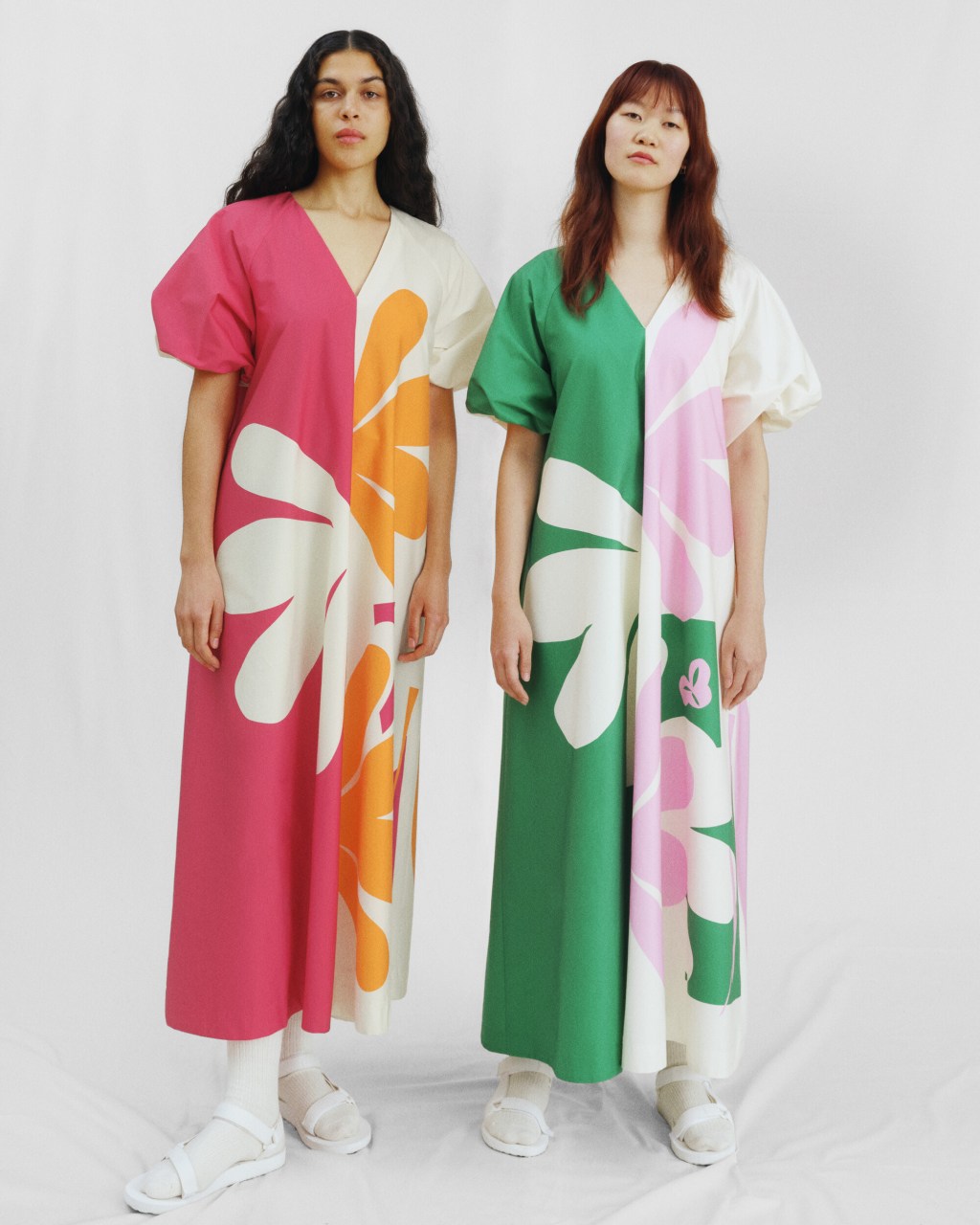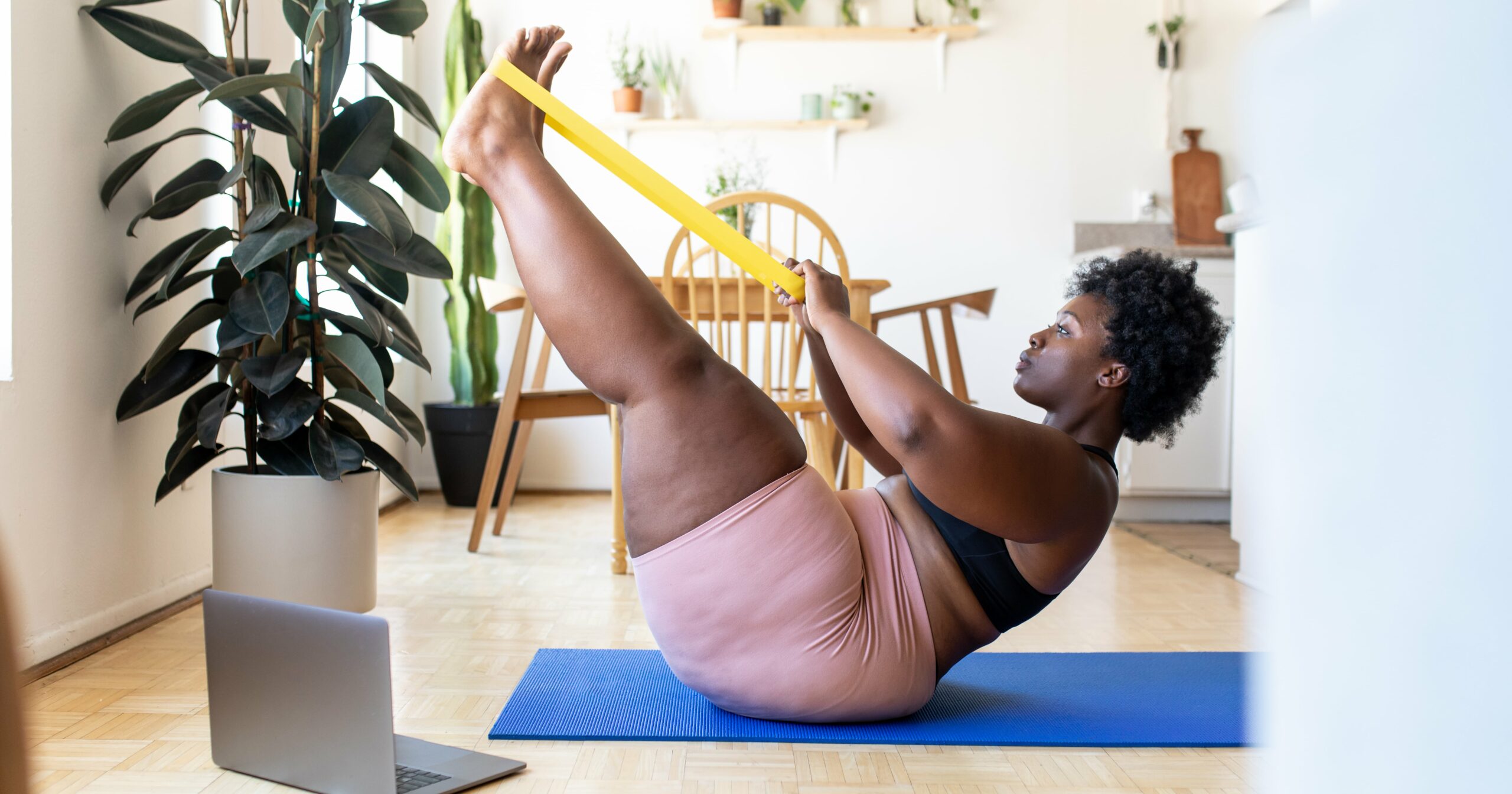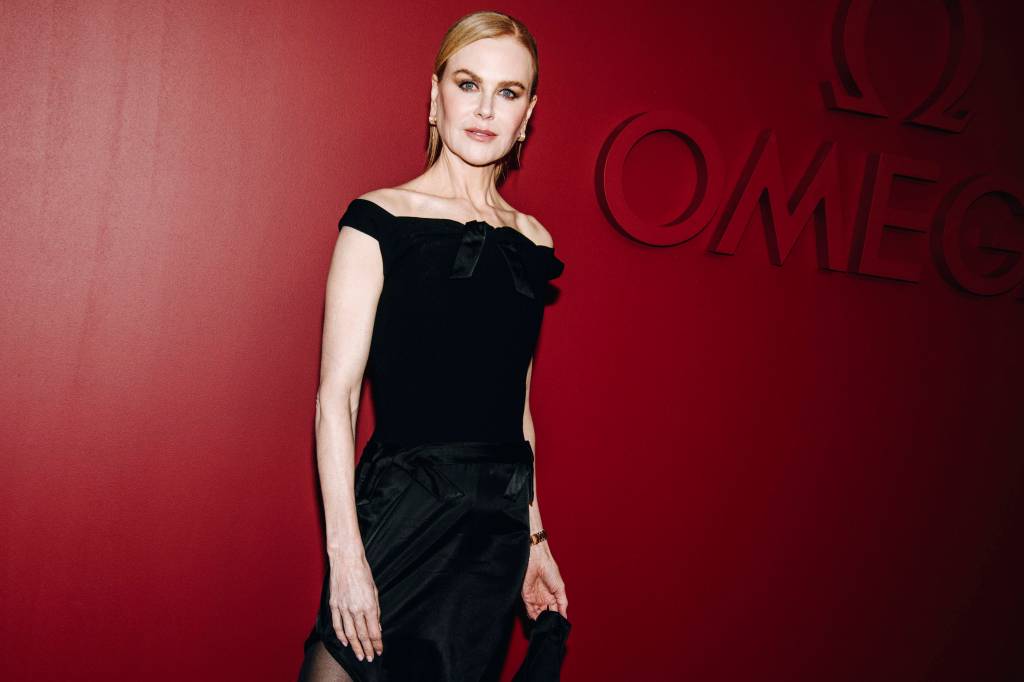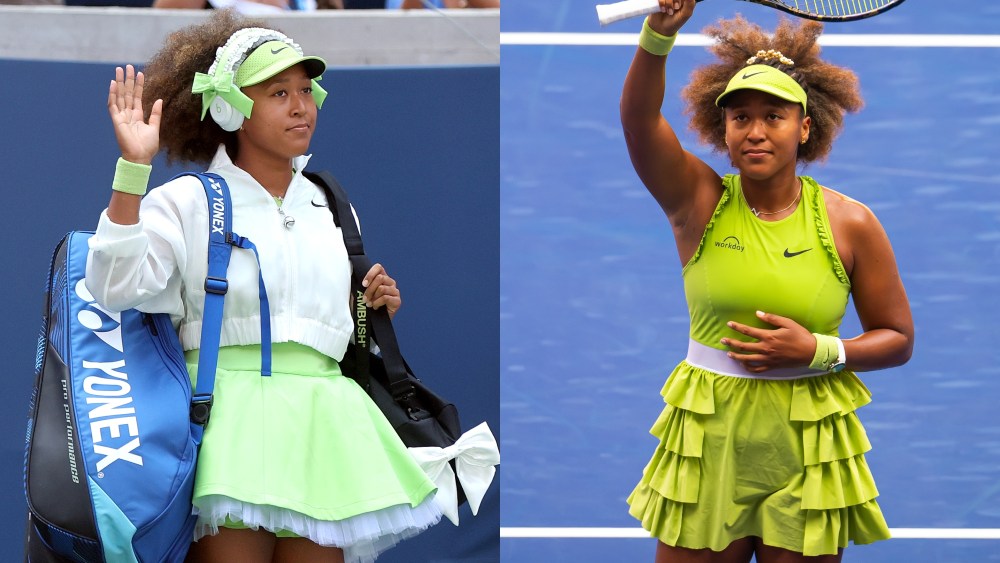Marikmekko is on a mission.
The venerable Finnish textiles, apparel and home furnishings brand is hoping to further expand its footprint internationally and has its sights set on the U.S. and Asia-Pacific markets to help it reach its goals.
In an interview at the company’s SoHo store, Tiina Alahuhta-Kasko, president and chief executive officer of Marimekko, said last year net sales grew 5 percent to 174.1 million euros with international sales rising 10 percent. Operating profit for the year rose 4 percent to 31.4 million euros. In contrast, net sales in Finland, the company’s largest market, only managed to inch up 1 percent.
The strong growth outside its borders was due in large part to higher wholesale sales in Asia-Pacific, a region that saw revenues grow 17 percent to 35.4 million euros, and North America, where sales rose 20 percent to 9.6 million euros.
The economic outlook for Finland continues to be weak for this year, according to the Confederation of Finnish Industries, and projections are that the country’s growth will be even lower than it was during the pandemic. As a result, it’s no surprise Marimekko is looking outside its home country for growth.

Alahuhta-Kasko said the strong showing in 2023 came as a result of a “bold journey” the company embarked upon to “modernize our brand” without abandoning its heritage. Marimekko’s story dates to 1949 when Armi Ratia commissioned young artists to design patterns for her husband’s textile printing company. The company held its first fashion show two years later in Helsinki to illustrate how these printed textiles could be used to make clothes. But what really put Marimekko on the map was when Jacqueline Kennedy bought seven dresses from the company during her husband’s presidential campaign in 1960 and wore one of them on the cover of Sports Illustrated.
Today, Alahuhta-Kasko said, Marimekko has found a “nice recipe for success that is translating to strong, profitable growth figures.”
In the U.S., the company’s focus is on New York, which she characterized as “a key city” because it attracts both local and global customers.

Prior to the pandemic, she said the company had operated three stores in the States: New York, Boston and Los Angeles. But they were closed during the health crisis and the company “took a pause.” After the dust settled, she said, Marimekko decided to reenter the retail market in the U.S. and chose a location on Wooster Street in SoHo, which opened in December 2022.
“We are such an artistic, creative brand and we’re all about community, so it felt like a good new home for us,” she said. The store’s design, which she described as “very modular” with an “industrial feel,” was inspired by the company’s textile mill in Helsinki. It allows the company to create “visual moments” for activations and collaborations such as a vintage pop-up conceived and executed by the company’s creative director Rebekka Bay with vintage lover, illustrator and stylist Jenny Walton during New York Fashion Week.
There are no immediate plans to open additional U.S. stores, Alahuhta-Kasko said, although that is expected to change down the road. “Our intent is not to keep one store and we’re going to be exploring opportunities to strengthen our presence in New York,” she said. “But at the moment, we’re very much focusing on this store, our e-commerce and wholesale accounts.”
She said Nordstrom is adding the ready-to-wear collection to five stores this spring and the brand is carried in Holt Renfew in Canada, as well as a few other stores in North America.
Marimekko has also been expanding its reach in Asia. Last year the company entered three new markets — Singapore, Vietnam and Malaysia — and Alahuhta-Kasko sees “tremendous growth opportunities there for years to come.” In 2024, the goal is to open 10 to 15 new stores and shops in the region.
In the Asian market, Marimekko operates under a franchise model to better address local needs. But in Europe, North America and Australia, the business is operated internally.
Another focus this year is on the 60th anniversary of the brand’s signature Unikko print. Throughout the year the company is celebrating the milestone through limited-edition collectibles and emblazoning the print on a variety of products ranging from dresses to tableware.

The abstract floral print will also be visible on the company’s new denim collection, Maridenim, which it revealed during its fall 2024 fashion show in Copenhagen. The jeans are being offered in three fits — straight, wide and barrel leg — and include two full looks featuring the Unikko print. For Alahuhta-Kasko, denim is the “missing piece of the puzzle,” and was a long time coming.
Turning to categories, Alahuhta-Kasko said slightly more than half of Marimekko’s sales come from ready-to-wear and accessories and the remainder from home products. The collection was expanded last year with the addition of swimwear, which she said was “a no brainer” for a print-focused brand.
Although there is no menswear per se, the company does have a streetwear-skewed line of hoodies, T-shirts and other products that are genderless and often worn by men.
Beyond that, Marimekko will be staying the course and is not planning other product extensions.
“We’d rather keep a strong focus on the core, because from a brand’s strategic standpoint, that also allows for a clear point of view and clear message of what we are and what we stand for and what we’re the best in the world at, which is of course, the art of printmaking and timeless design,” she said.



